|
Ever heard of McMinnville, Oregon? We hadn’t either until a fellow RVer we met in Maine last summer dropped the name. The city of approximately 34,000 people became known for its vineyards and wineries. Although those still draw regulars and visitors alike, McMinnville gained a bigger claim to fame in 1993 when it received shipment of the Spruce Goose. I had heard my dad mention the Spruce Goose many times while growing up. Having taken a number of cruises out of Long Beach, California, I knew the Spruce Goose no longer resided there, as its former public hangar dome is now Carnival’s cruise terminal. But I didn’t know where the plane had moved to and had never laid eyes on it. When we learned it was only 1.5 hours from our campground in Eugene, Oregon, we had to go see it for ourselves. What is the Spruce Goose? The Spruce Goose is the world’s largest wooden airplane. The brainchild of shipbuilder Henry Kaiser, the “flying boat,” as it’s sometimes called, was created to transport troops and cargo to the Atlantic Ocean during WWII. Businessman, engineer, film producer, and pilot Howard Hughes, one of the richest people in the world in his lifetime, designed and built the eight-engine behemoth. Its wings span nearly 321 feet. It weighs 300,000 pounds empty. And it stands more than 79 feet tall. Because of war efforts, Hughes was unable to secure any metal for the project, so he resorted to wood, using the design of a wooden boat as his guide. Contrary to popular belief, the bulk of the plane consists of birch, not spruce. Only the engines, electronics, and screws are not made of wood. Five years after the building project got underway, Hughes sat in the cockpit behind the yoke to test the flying boat on the water of Long Beach Harbor. After two runs of getting the plane up to speed, Hughes wanted to prove that his mammoth creation could indeed fly. On the third test run, he lifted the plane and kept it in the air for about one mile before landing on the water. Moving a Colossus Because the war had ended, the plane never saw flight again. It sat in a hangar for 33 years. After Hughes died in 1976, the Wrather Corp. moved the aircraft into a domed hangar near the Queen Mary in Long Beach, where both could be seen by spectators. Disney acquired the Wrather Corp. but, after finding the attractions not profitable, decided to cut ties with them. Bids started pouring in from locations wanting to create a permanent home for the Spruce Goose. The proposal by Evergreen Aviation & Space Museum in McMinnville won, and plans were drafted to transport the flying boat from Southern California to Midwestern Oregon. The massive plane was disassembled and transported in pieces by barges up the West Coast to Northern Oregon. From there, the barges floated the Columbia and Willamette rivers to Portland, Oregon, where the aircraft parts were stored until water levels allowed the structures to float the Willamette River without crashing into any bridges. Several months later, the pieces arrived in McMinnville, delivered by truck the last 7.5 miles. A Visit to Evergreen Museum After nearly eight years of restoration to put all the pieces back together, Evergreen Aviation & Space Museum opened to delight young and old with close-up views of Howard Hughes’ flying boat. Seeing the mammoth marvel dwarfs all other planes in comparison. To think it was actually able to lift off is astounding. We enjoyed touring the expansive museum and learning more about the plane and its history, but especially seeing it up close. We even walked into a portion of the cargo area, where Plexiglass allowed us to look to the bow and aft of the plane. For an additional $30, up to four people can take a 15-minute tour of the cockpit. We opted to forgo that. Although the Spruce Goose is the main attraction at Evergreen Museum, the gallery houses numerous other aircraft, from a replica of the Wright Flyer to planes from the Golden Age to warbirds and more. Our $22 admission also granted us access to the Space Museum in another building. It takes visitors on a journey from the beginning of the space age through the Apollo missions and even includes a to-scale lunar module. We found the secondary hangar mesmerizing. It also included a sleek SR-71 Blackbird plane and an A-10 Warthog. If you’re ever near Salem, Oregon, a trip to the Evergreen Aviation & Space Museum is well worth the visit. We learned new things and found the innovations there inspiring.
You might also like 4 Highlights of Touring with a WWII Bomber.
3 Comments
Although Idaho is famous for potatoes, it’s not dubbed “The Potato State.” No, it’s called “The Gem State” and is one of only two places in the world where you can find star garnet. (The other is India.) We didn’t see any gems, but we did see some other things the state has a reputation for. Picturesque Scenery Surrounded by towering mountains, Idaho offers a lot of beauty. During our visit, snow capped the peaks, making them that much more attractive — and a boon to skiers. In summertime, people venture to the mountains for hiking, camping, and other outdoor adventures. Idaho even claims its own glacier, Borah Glacier. It’s part of Mount Borah, the highest peak in the state, soaring 12,668 feet above sea level, according to Sawtooth Mountain Guides. The state is also known for its numerous waterfalls, some of which are backed by city names: Twin Falls, Idaho Falls, Post Falls, and American Falls. Although we visited Twin Falls, inclement weather kept us from venturing to Shoshone Falls to see if they were flowing. Together, Idaho and Oregon boast North America’s deepest gorge: Hells Canyon, measuring 7,913 feet deep, according to the U.S. Forest Service. We didn’t see that, but we did see the Snake River, which is responsible for Hells Canyon. Aptly named, the Snake River snakes its way from Wyoming, across southern Idaho, and into Washington state before flowing into the Pacific Ocean. Thrilling Rodeos Another thing Idaho is known for is rodeos. The 1900s kicked off the state’s most famous bucking horse competition, the Snake River Stampede. Today, that and the Caldwell Night Rodeo draw fans of all ages. Although we didn’t witness either of those famous exhibitions, we did take in our first bucking competition as part of the Professional Bull Riders, or PBR, circuit in Nampa. Guys from age 18 to 36 took turns riding bucking bulls to see who could stay on for 8 seconds. A number of them made it. The majority did not. Those who got bucked off ran from the unhappy beasts to keep from getting hurt, while a trio of U.S. Border Patrol agents distracted the animals to get them away from the riders and through an exit chute. A guy dressed as a clown entertained the crowd between buck-riding attempts. The show proved entertaining, and we’re glad we got to take part. We look forward to when we can enjoy a rodeo with multiple events. Historical Airplanes You may not realize it, but Idaho also hosts an annual Warbird Roundup in August, sponsored by the Warhawk Air Museum. We saw signs for the museum and knew it wasn’t far from where we stayed, so we took advantage of an opportunity to explore it. The museum has about 15 warbirds on display, including a P-51 Mustang, a couple of MIGs, a T-6 Texan, a biplane, and two P-40s that have movie history. The planes were impressive, as was the wealth of history encased throughout the two-hangar gallery. We walked among case after case of paraphernalia from Idaho veterans, examined an in-depth Women Airforce Service Pilots (WASP) exhibit, and learned things we didn’t know about Hitler and the Jews in WWII.
Before we left, a photo of a familiar B-17, “Sentimental Journey,” from the Commemorative Air Force Airbase Arizona Flying Museum caught our eye. Since we work on and around that plane, seeing it made us feel right at home. Idaho has much more to offer than scenery, rodeos, and warbirds. It’s also the lentils capital of the world and home to the most hot springs in the U.S., among other things. We’ll have to return when we can spend more time investigating the state’s uniqueness. You might also like Magnificent Rock Formations. After two weeks in the desert outside of Las Vegas, we took advantage of a break in the weather and headed north. We made it to Twin Falls, Idaho, and decided to hunker down for some more not-so-great weather to pass through. As we were setting up, we noticed some water pooled on top of a storage bin in our basement, made a mental note to check it later, and continued on. Good thing, because no sooner had we finished setting up and moved inside the trailer than a rainshower hit. We thanked God for giving us a clear window of weather for the duration of our trip. Winter Wonderland Grateful to be in a city where we could restock our supplies, we headed to a grocery story the next day. Not long after we got all our goods inside the trailer and put away, I noticed white flakes flying at us. We hadn’t seen snow since we’re not sure when. It stuck only briefly before melting away. The same thing happened the next day. The third day, however, we awoke to a winter wonderland. A fresh layer of snow blanketed Gulliver and the ground outside our trailer. We took joy in our frosty surroundings, a welcome change of scenery from the desert landscape. Our delight didn’t last long, though. While busy about our day, we both heard a loud crash and jumped up to see what had happened. Peering out our windows didn’t reveal anything conclusive, so we bundled up and left the warmth of our trailer to investigate. Ice covered our stairs. Careful not to slip, we braved the 30-degree temperature that felt like 18 with the wind chill. We found plenty of snow and ice on the roof and water on the ground where some had melted, but no clear indication of what had caused the noise. We decided a sheet of ice must have been blown by the wind and crashed into something on the roof or onto the ground. Water in the Basement The wind continued to blow that day until all snow and ice had been eliminated from our roof and our surroundings. Despite the blustery conditions, we made a point to sop up the water in our basement, dejected to have yet another water problem. As we tried to identify the source of the leak, we noticed a warped, discolored ceiling panel and a drip from the box protecting our leveling wires from damage. Bob pulled down the ceiling panels and more water dripped from them. A closer look at the panels revealed we had had an issue for a while. We touched the water pipes originating from the bathroom. They felt completely dry. We decided the water must have been a result of condensation since we found ourselves in much colder conditions than we had experienced up to this point. Nothing else made sense. So, we stuffed a rag around the pipes in the bathroom floor to seal the hole between it and the basement. Shark Bites Save the Day The next morning, we dried the pool again. Midday, when the weather had warmed ever so slightly, we found yet another puddle in the basement. “Where could the water be coming from?” we wondered. I had noticed a white, hard-water residue on top of the storage bin. Putting my sleuthing skills to work and investigating under the bathroom sink, I saw that same white residue on the cold water PEX pipe. Aha! We sopped up the water in the basement, again, and secured a rag around the blue PEX pipe under the sink to test our theory. A few hours later, sure enough, the rag under the sink was wet and the basement was dry. We had finally pinpointed the source of the water: a seep, not a drip, from the cold water pipe close to the bathroom faucet. That explained why we occasionally heard the water pump kick on when we weren’t running any faucet. To repair the leak, Bob went to the local Ace Hardware store and bought some Shark Bite ball valves to enable us to turn off the water to the bathroom sink if needed in the future. Unlike sticks-and-bricks homes, RVs don’t typically have shut-off valves at sinks. Bob also got some short, braided hoses to ensure enough flexibility to make the needed fix. He cut the red and blue PEX pipes under the bathroom sink, attached the braided pipes and the SharkBite valves, and connected everything back together. Voila! No more water leak. An Alarming Adventure At 4:30 one morning during our stay in Twin Falls, a high-pitched beeping pulled us out of our warm slumber. It sounded like the familiar noise we hear when a propane tank runs empty. I got up to switch the tanks and noticed a flashing light in the bathroom, where we have a battery monitor. The unpleasant sound turned out to be coming from there. Relieved that I didn’t have to go out in the cold to deal with propane bottles, I looked closer at the monitor and saw 33 degrees. It alerted us to near-freezing temperatures inside the front battery compartment of our rig, which meant it would be dangerous to charge our batteries until the compartment warmed up. Bob was able to stop the noise, and we drifted back to sleep. No batteries were harmed. Our water leak was gone. And we were warm. We had and continue to have much to be thankful for. You might also like Frozen Pipes, Armadillos, and Brake Issues — Oh My! |
AuthorThis is the travel blog of full-time RVers Bob and Lana Gates and our truck, Gulliver, and fifth wheel, Tagalong. Categories
All
Archives
July 2024
|
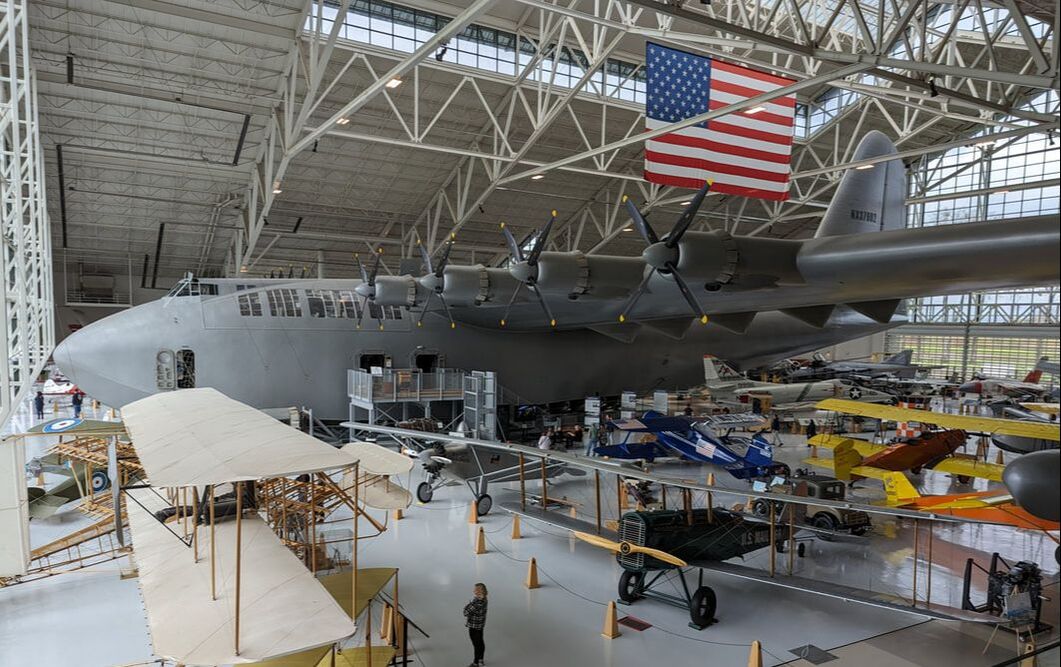
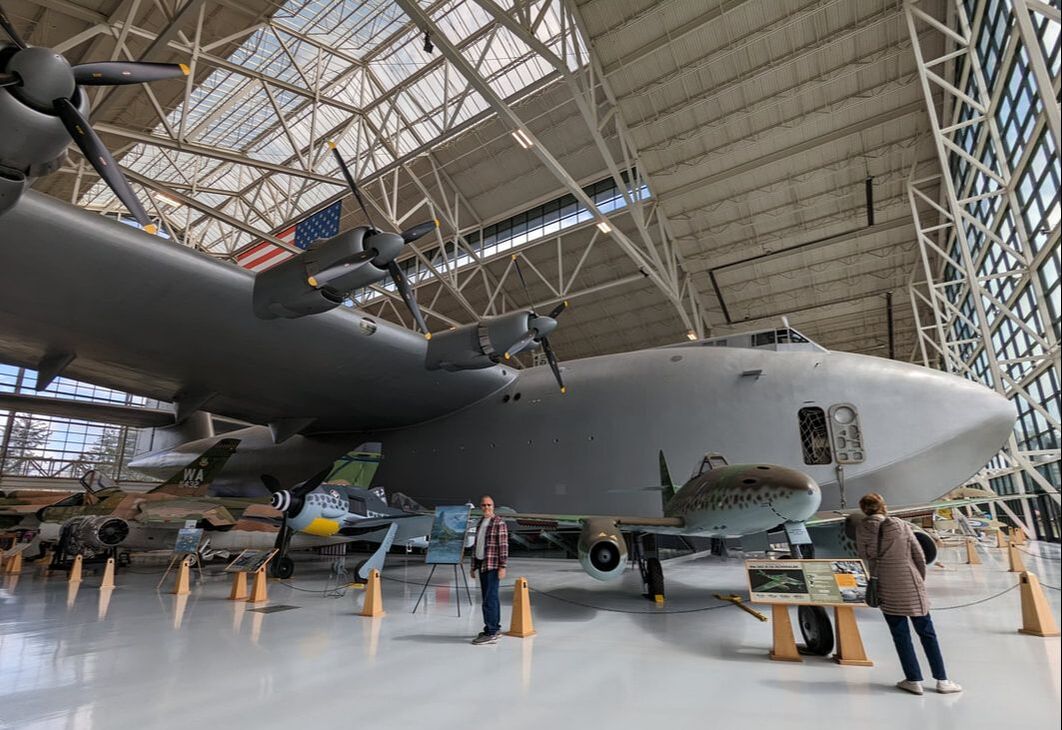
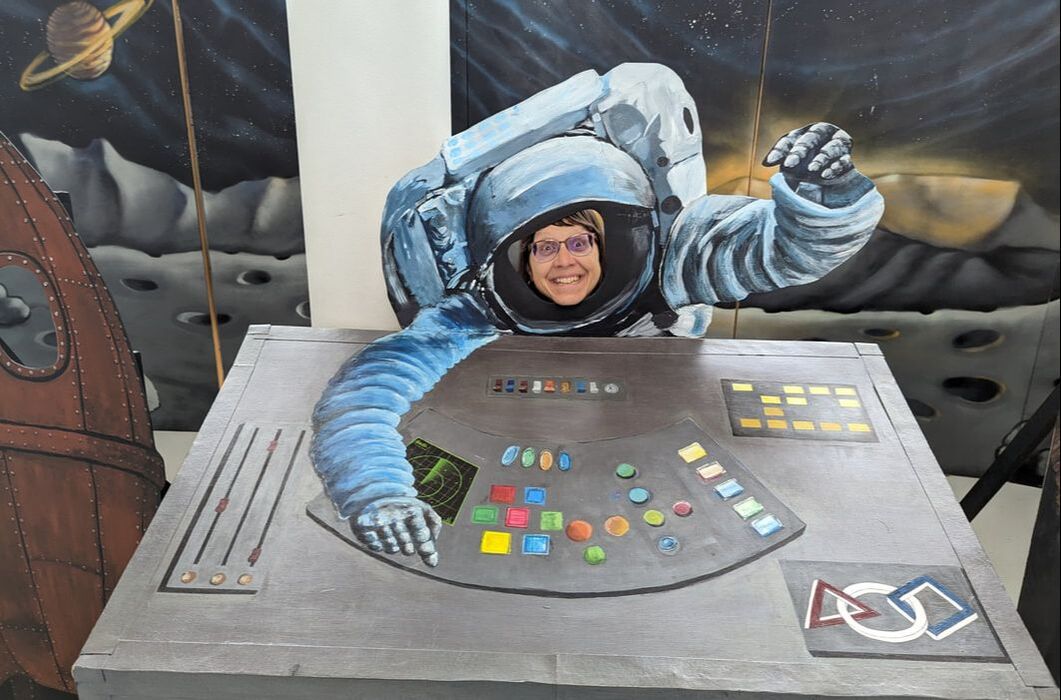
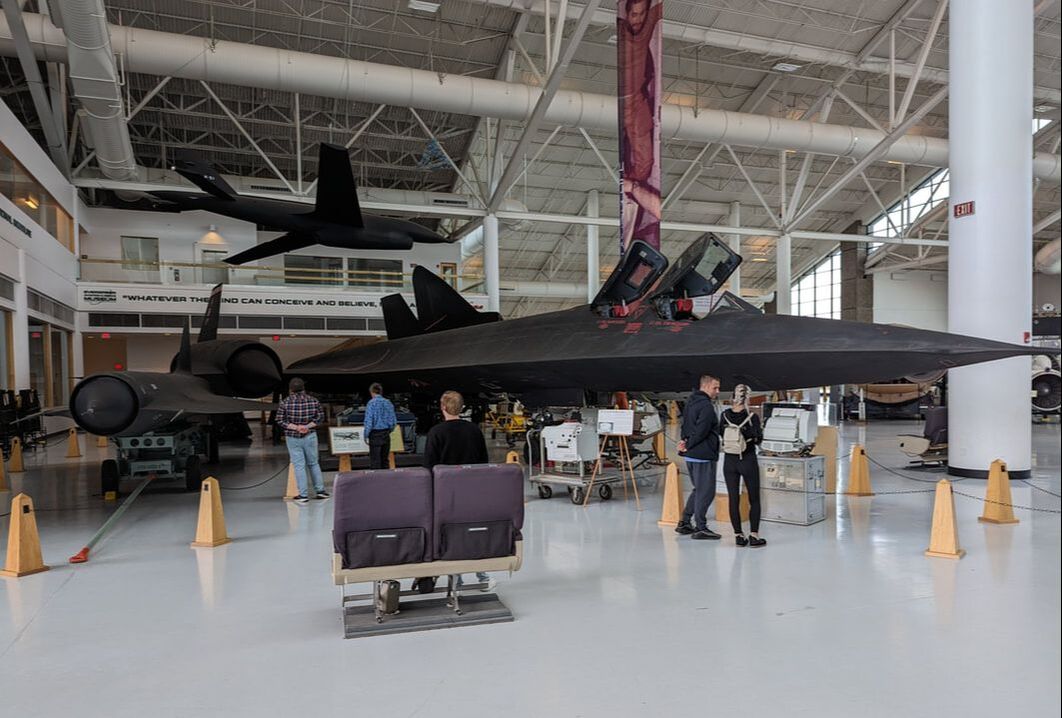
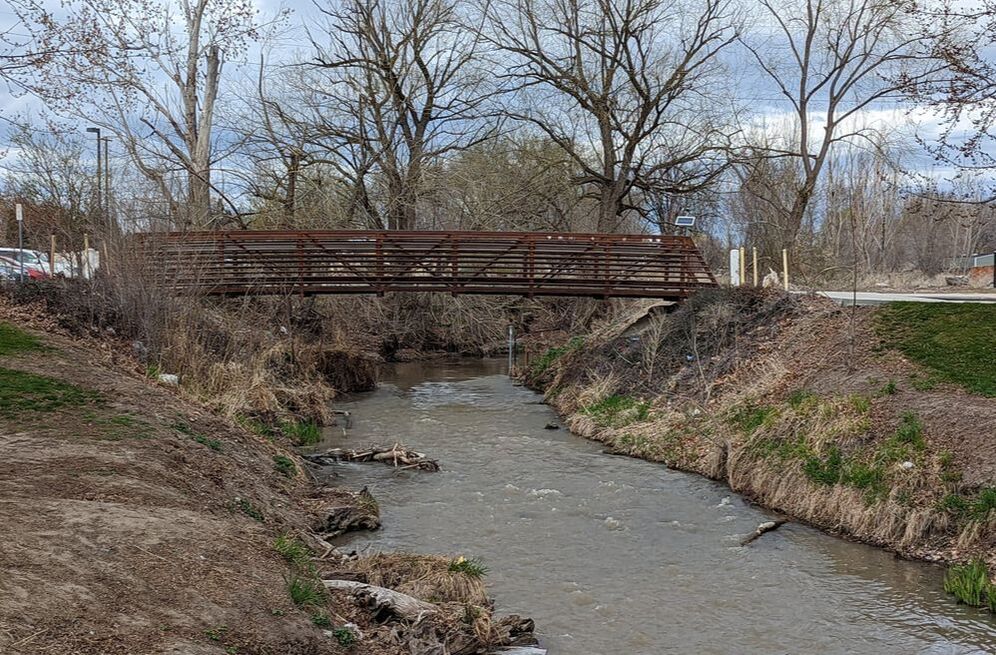
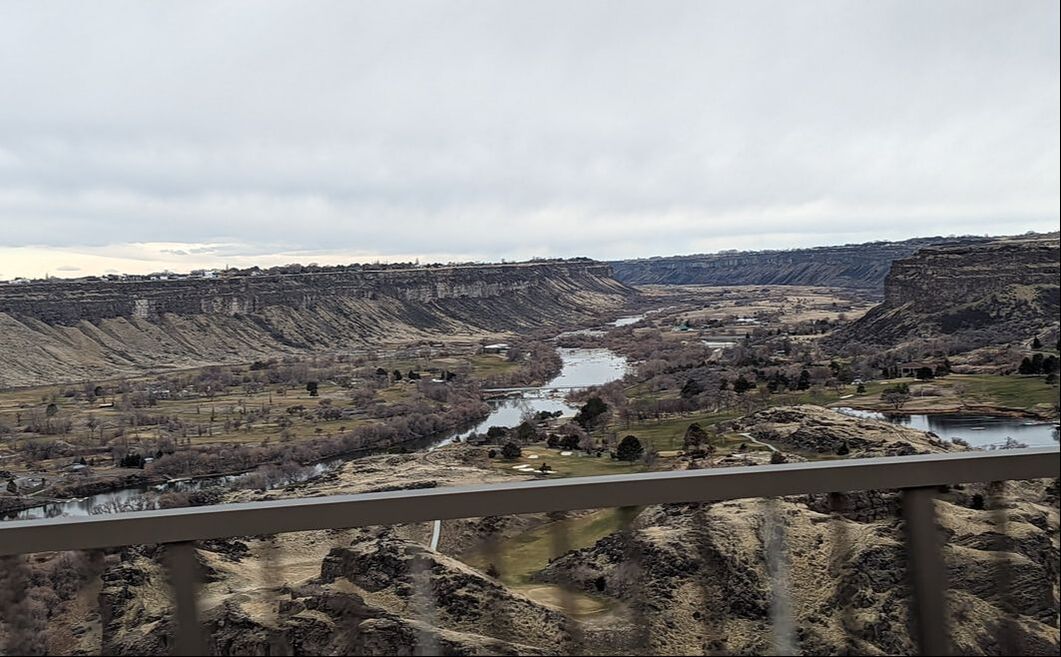
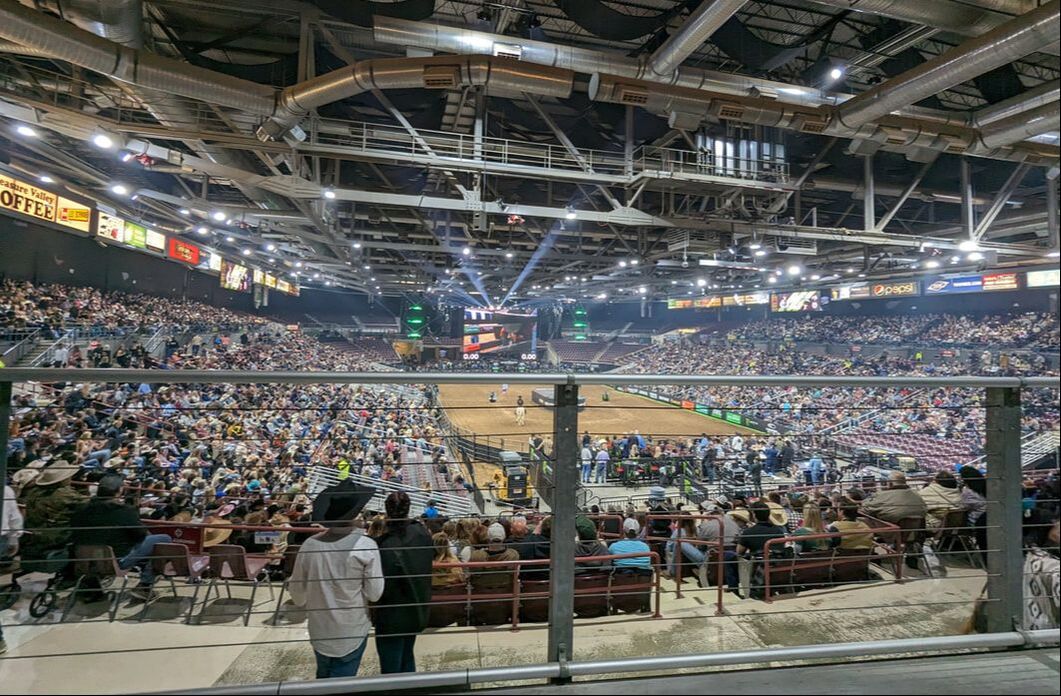
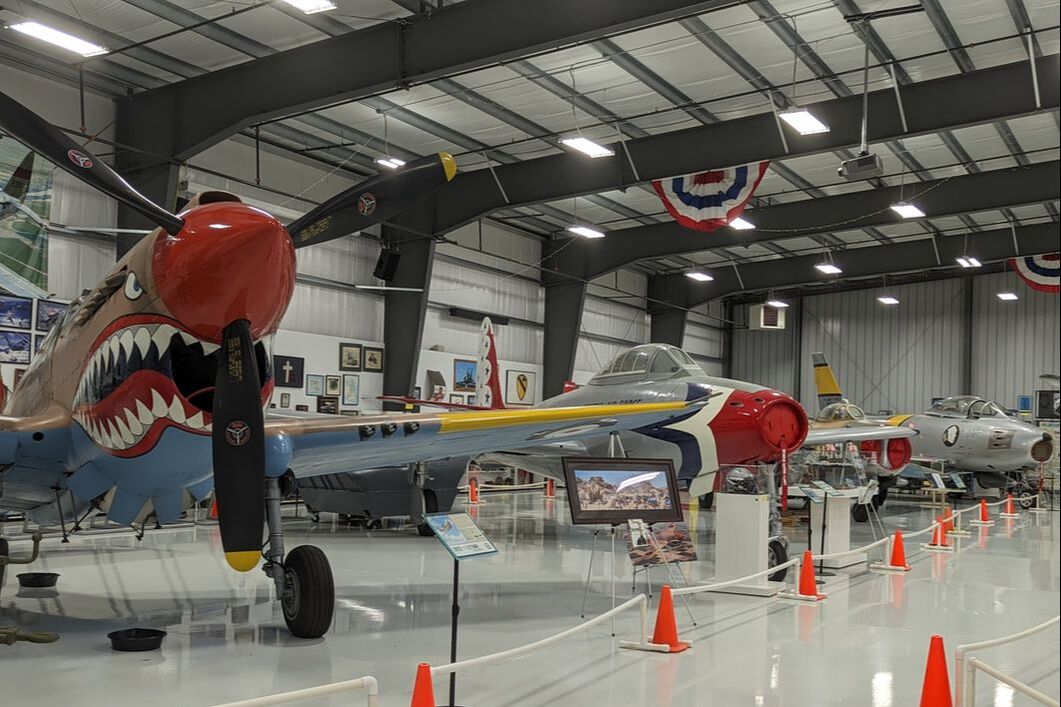
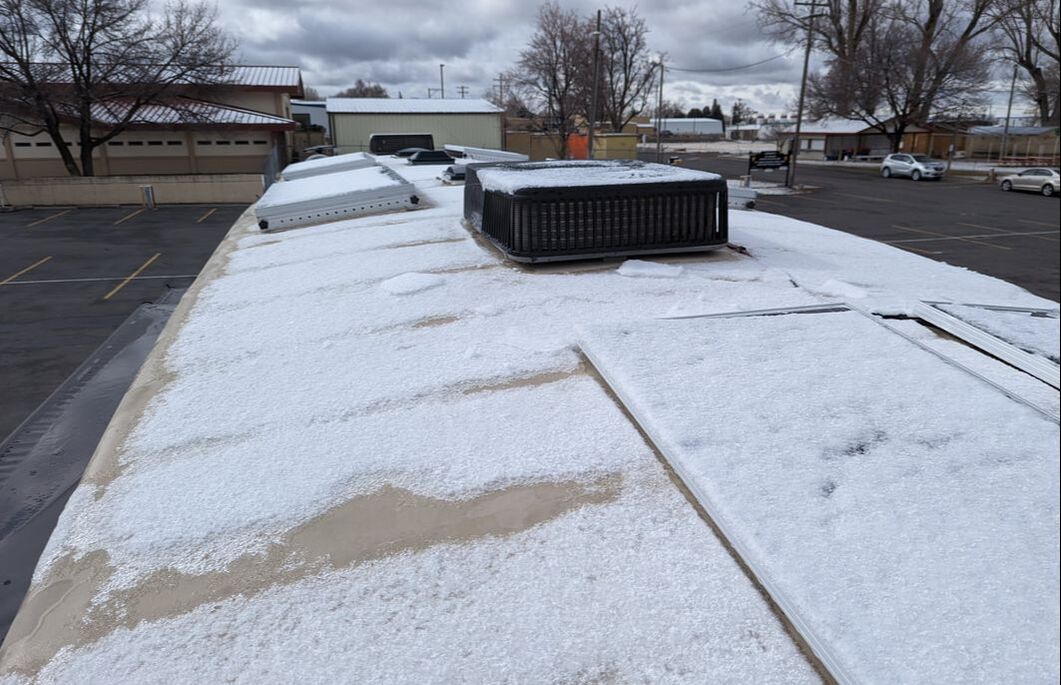
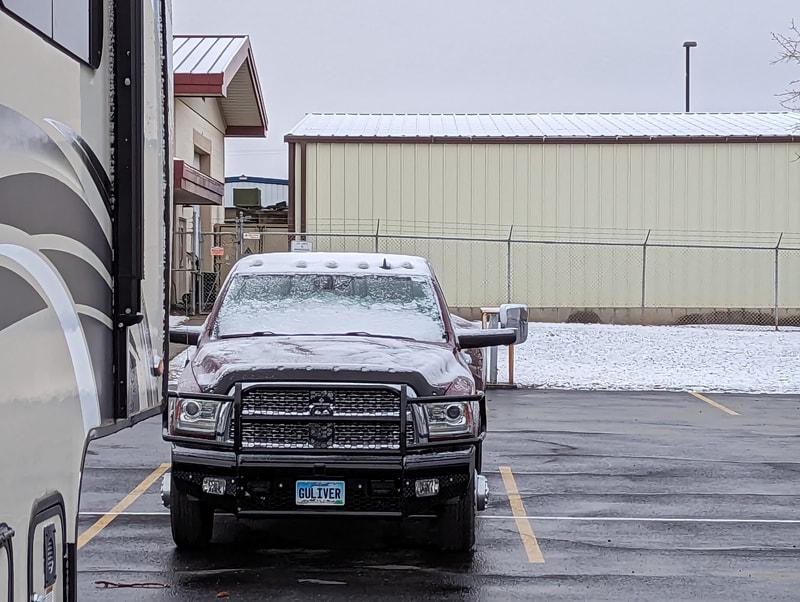
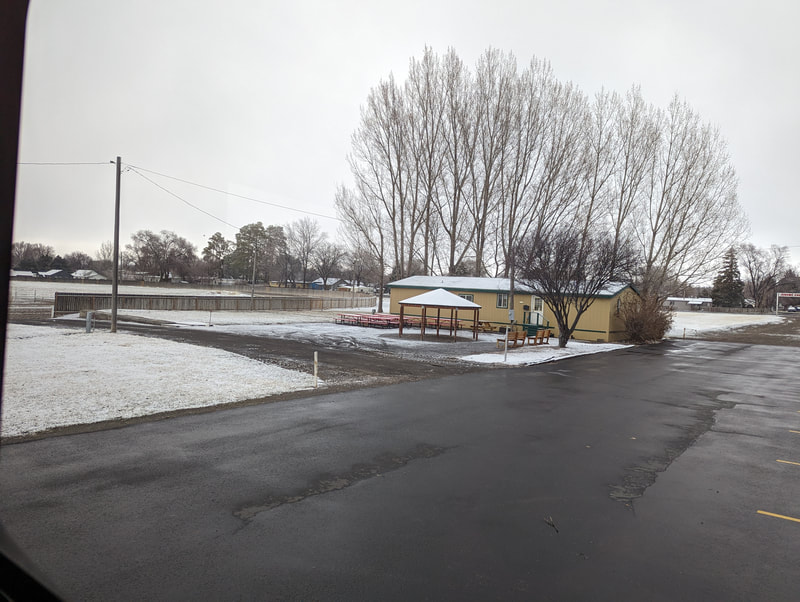
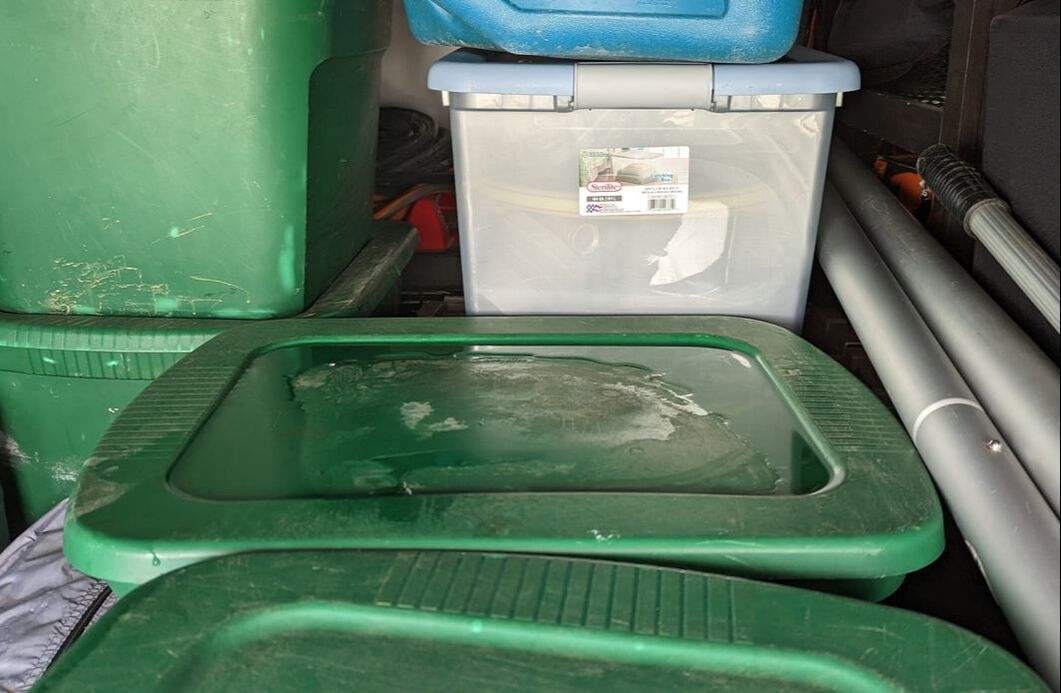
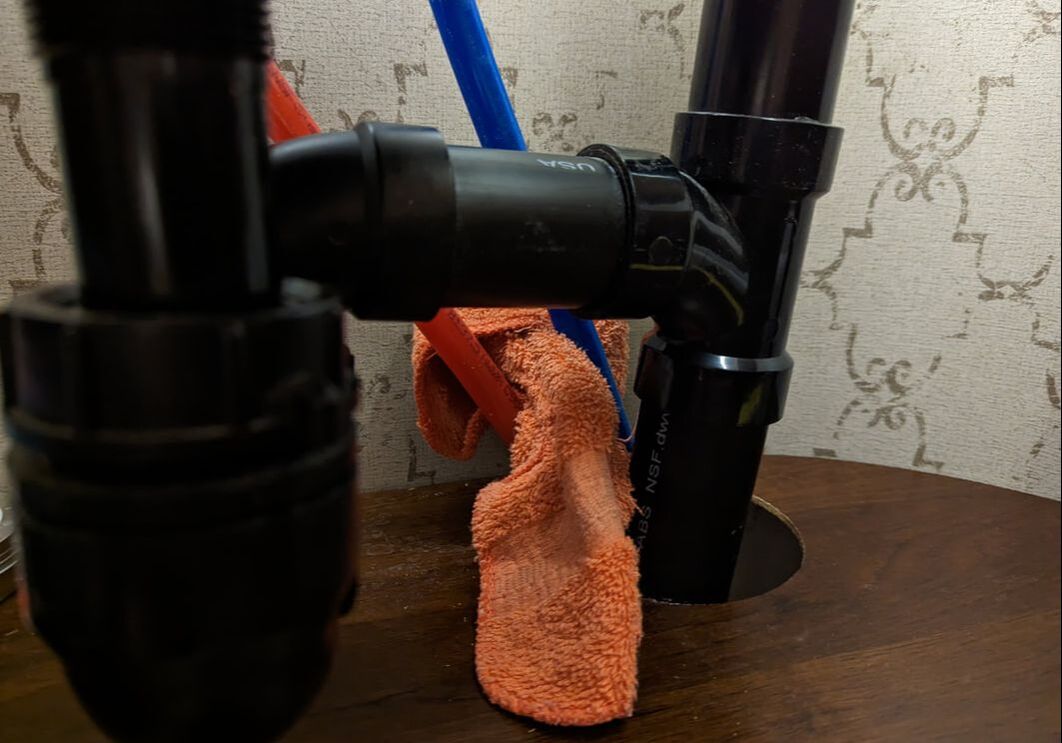
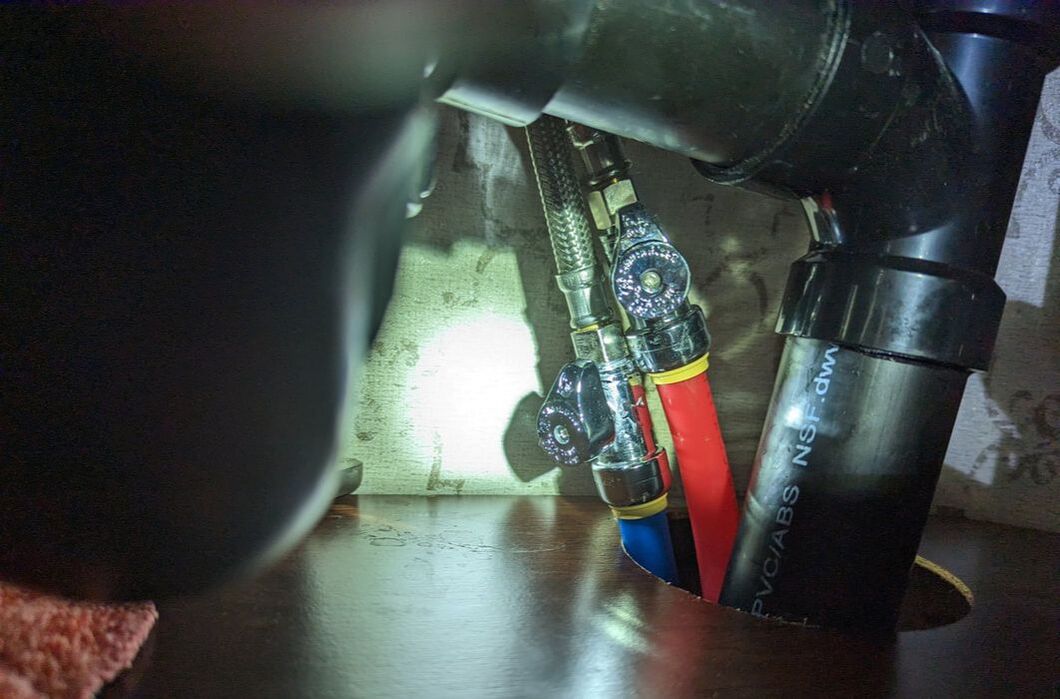
 RSS Feed
RSS Feed